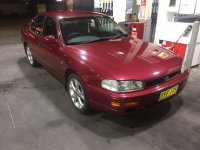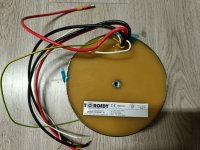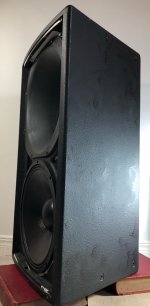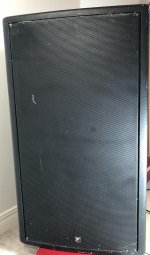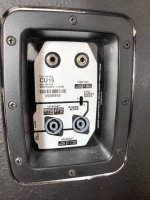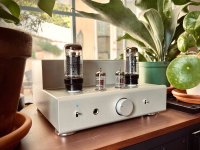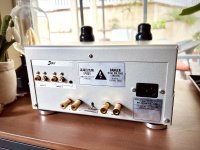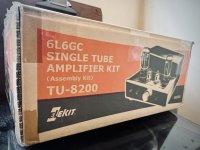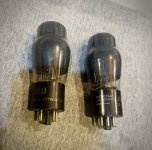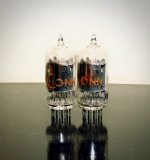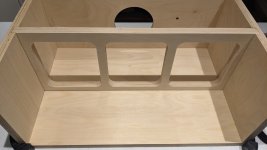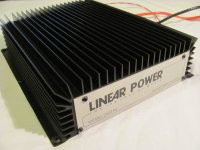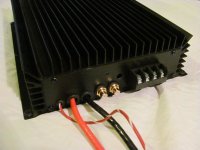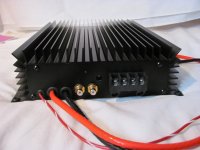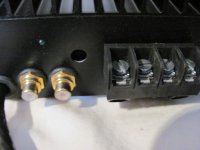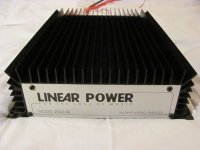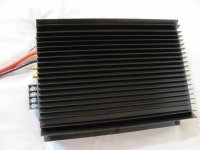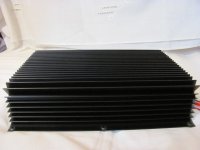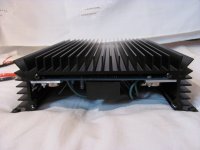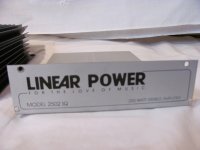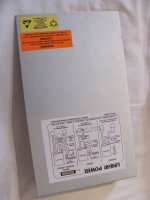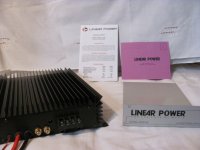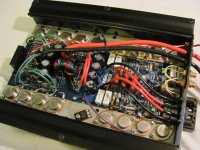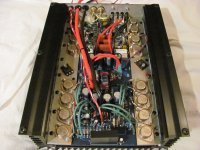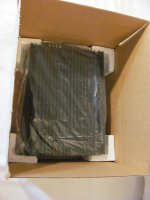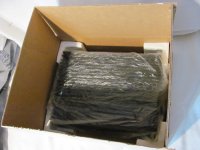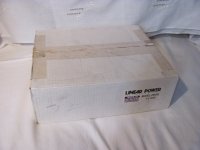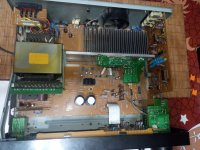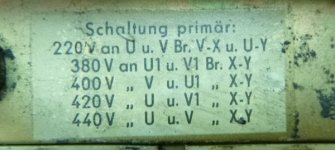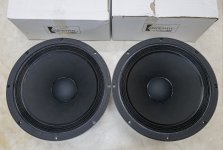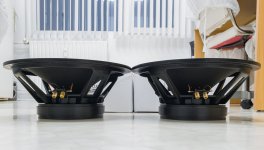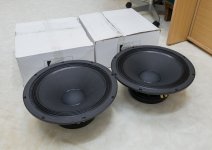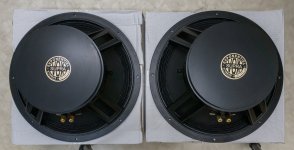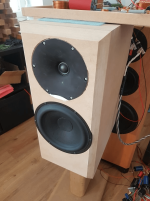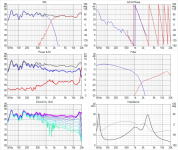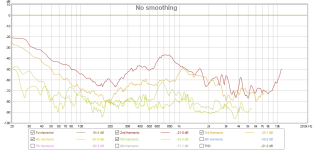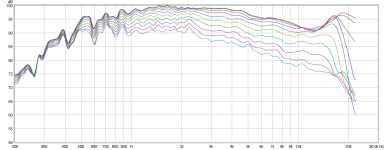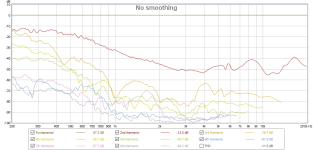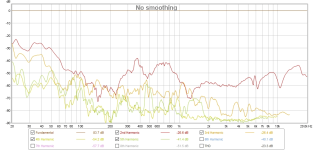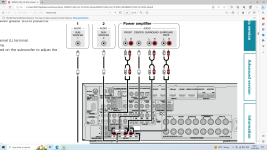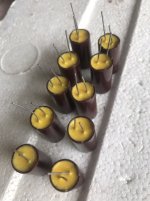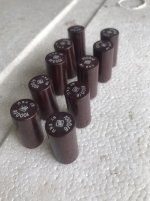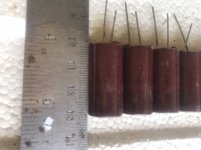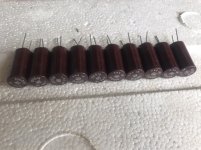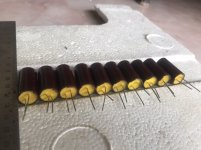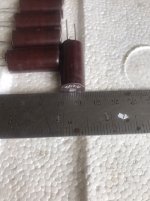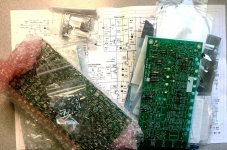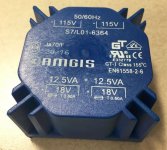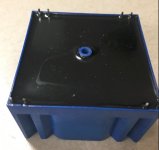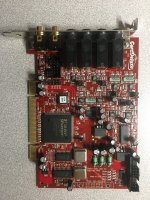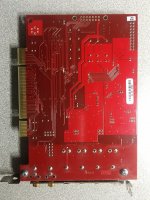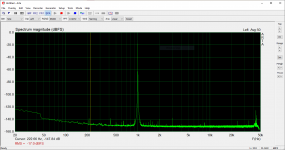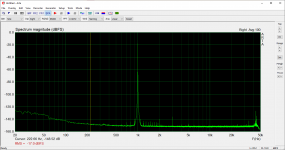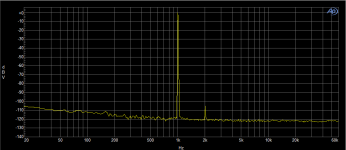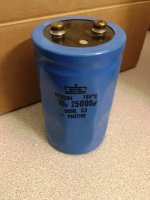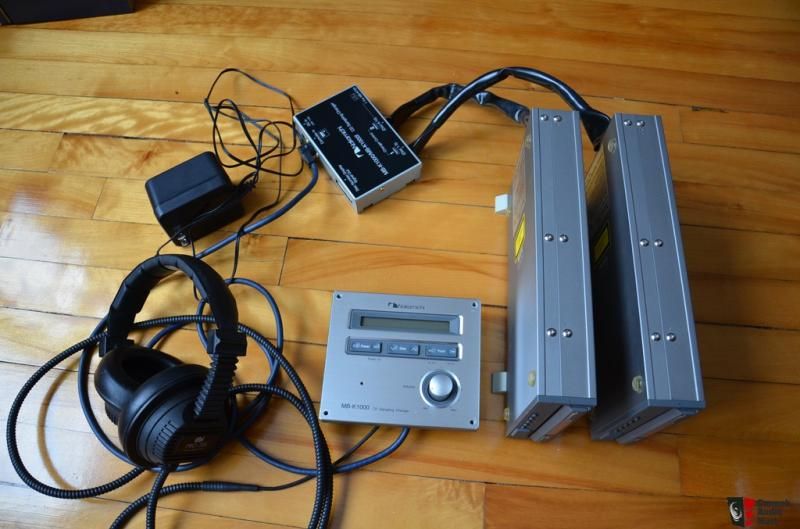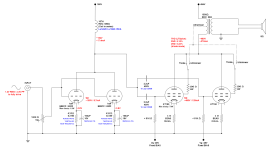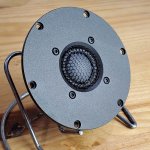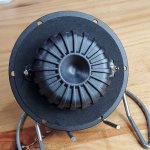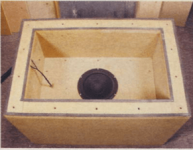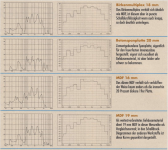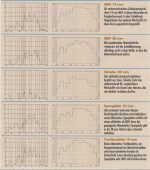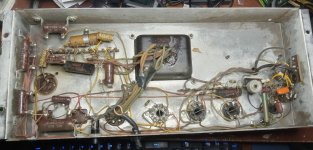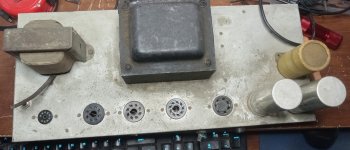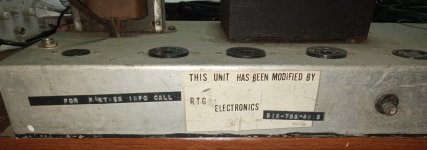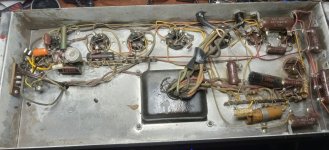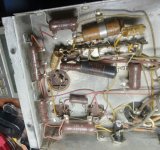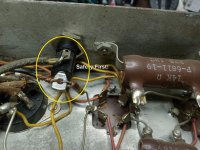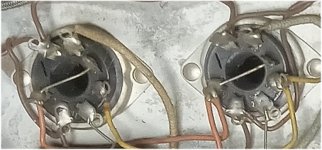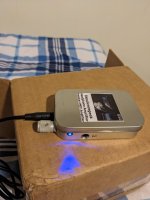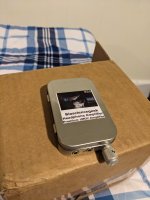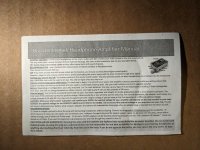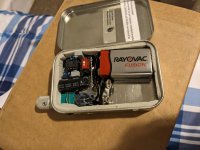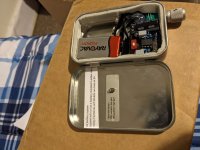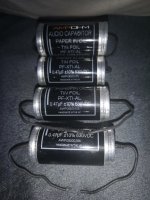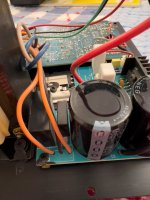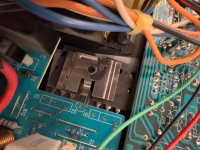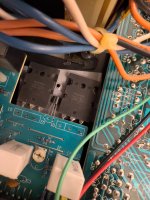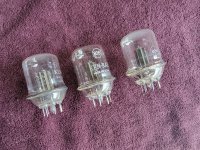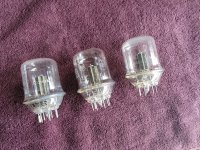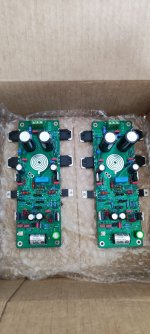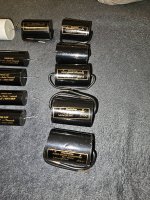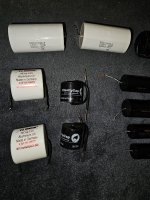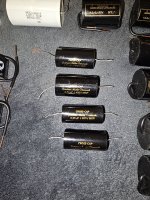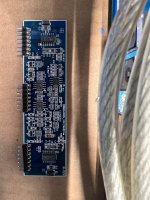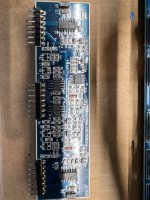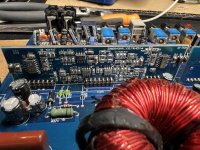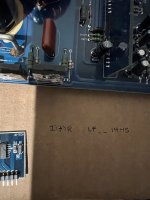The car thread
- By VenusFly
- The Lounge
- 1022 Replies
A new thread focusing on cars, not just focusing on audio but performance and luxury aswell.
We have threads talking about snake oil and various other things like the weather, so why not talk about our cars too? Sure this thread could be better suited for another forum dedicated to cars but we as a community don't know about each others rides. Hence why this thread exists. Thread also exists to prevent threadjacking of other threads to discuss cars, which occured in the snake oil thread.
If you are on-topic in this thread it means that you are talking about your cars and/or their audio systems. Don't necessarily need to talk just about the audio systems of cars.
BUT, don't make a comment detailing some insane mods which require specialized knowledge that is better suited/served by a dedicated car forum. This is mainly just got to deal with the members personal rides, what they look like, how they perform, etc. Would also like to hear about other members rides, performance, repairs, etc.
I have two rides at the moment. A Ford Falcon AU Wagon with the 4.0L Inline 6 engine and a Toyota Camry Vienta Grande V6. Think I'm going to improve the sound system in the Ford because the Toyota is a bit long in the tooth now and the Ford has 6x9's in the front doors.
Ford Falcon (AU - Wikipedia)
Just some history on the australian variant of the I6:
Ford straight-six engine - Wikipedia
Ford Barra engine - Wikipedia
I would love the V8 engine but I don't want the fuel consumption.

We have threads talking about snake oil and various other things like the weather, so why not talk about our cars too? Sure this thread could be better suited for another forum dedicated to cars but we as a community don't know about each others rides. Hence why this thread exists. Thread also exists to prevent threadjacking of other threads to discuss cars, which occured in the snake oil thread.
If you are on-topic in this thread it means that you are talking about your cars and/or their audio systems. Don't necessarily need to talk just about the audio systems of cars.
BUT, don't make a comment detailing some insane mods which require specialized knowledge that is better suited/served by a dedicated car forum. This is mainly just got to deal with the members personal rides, what they look like, how they perform, etc. Would also like to hear about other members rides, performance, repairs, etc.
I have two rides at the moment. A Ford Falcon AU Wagon with the 4.0L Inline 6 engine and a Toyota Camry Vienta Grande V6. Think I'm going to improve the sound system in the Ford because the Toyota is a bit long in the tooth now and the Ford has 6x9's in the front doors.
Ford Falcon (AU - Wikipedia)
Just some history on the australian variant of the I6:
Ford straight-six engine - Wikipedia
Ford Barra engine - Wikipedia
I would love the V8 engine but I don't want the fuel consumption.

